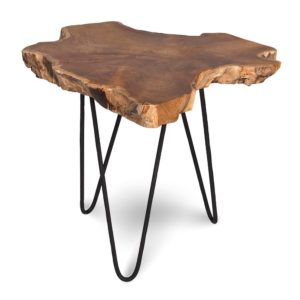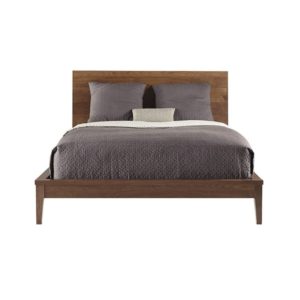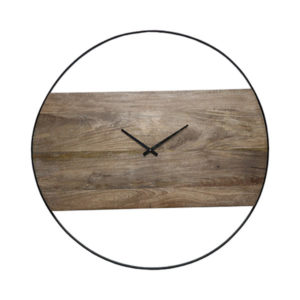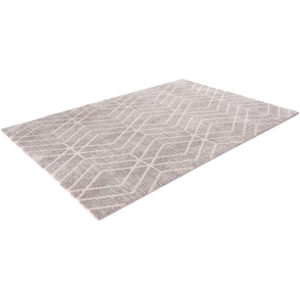Blog
What's New
Get the latest furniture trends for less at Furniture World Saskatoon
Find new and amazing products that we feature every month from the world’s finest furniture makers and the Canadian furniture industry’s cream of the crop. Get in touch with us for complete information about products slated for launching at our store.
-
Style In Form Nesting Table Hairpin
$429.00Original price was: $429.00.$349.00Current price is: $349.00. -
West Bros Serra King Walnut Bed
$3,499.00Original price was: $3,499.00.$2,799.00Current price is: $2,799.00. -
TH Definity Walnut Night Table
$1,499.00Original price was: $1,499.00.$1,199.00Current price is: $1,199.00. -
Ren-Wil Tupper Picture
$549.00Original price was: $549.00.$399.00Current price is: $399.00. -
Renwil Amika Clock
$619.00Original price was: $619.00.$489.00Current price is: $489.00. -
Torre & Tagus Flame Sculpture
$159.00Original price was: $159.00.$119.00Current price is: $119.00. -
Citak 5X8 Rug Arctic Thatch
$599.00Original price was: $599.00.$449.00Current price is: $449.00.
Navigating Tariff Challenges with Top Quality Furniture from China on the Rise
In the ever-evolving landscape of international trade, the furniture industry has faced significant challenges, particularly with the imposition of reciprocal tariffs between the United States and China. Despite these barriers, the market for Top Quality Furniture from China continues to flourish, with a reported growth rate of approximately 7% annually over the past five years, according to a recent industry analysis by Statista. This resilience can be attributed to China's vast manufacturing capabilities, advanced design techniques, and a strong focus on quality, enabling them to meet the diverse demands of global consumers. As American businesses seek affordable yet high-quality alternatives amidst rising costs, Chinese manufacturers stand out by not only maintaining competitive pricing but also enhancing their product offerings. This blog will explore how Chinese manufacturers are navigating tariff challenges while ensuring their Top Quality Furniture remains a preferred choice in the US market.

Understanding the Impact of Tariffs on U.S.-China Trade Relations
As U.S.-China trade relations continue to evolve, tariffs have emerged as a significant factor influencing the dynamics between the two countries. Tariffs imposed on Chinese goods have led to increased costs for American importers, affecting pricing and supply chain strategies. Furniture, a major import from China, has experienced these challenges firsthand. The combination of high tariffs and fluctuating consumer demand has compelled American retailers to rethink their sourcing strategies, often leading them to seek not only cost-effective solutions but also quality products that meet rising consumer expectations.
Moreover, the impact of tariffs extends beyond immediate costs. With the ongoing trade tension, companies are forced to explore alternative markets or invest in domestic production, which could lead to shifts in consumer preferences over time. American consumers may find themselves navigating a more complex retail environment where the quality and diversity of available furniture options become essential. As top quality furniture from China continues to rise, it highlights the need for strategic planning among U.S. retailers while addressing both tariff challenges and consumer demands in a competitive marketplace.
Emerging Trends in Chinese Furniture Manufacturing Amidst Tariff Challenges
Emerging trends in Chinese furniture manufacturing reveal a dynamic response to the ongoing tariff challenges affecting international trade. As countries impose tariffs, Chinese manufacturers are innovating to maintain competitiveness and meet the evolving demands of global consumers. Emphasizing quality over quantity, there is a significant shift towards using sustainable materials and advanced technologies in production processes. This not only enhances the product's durability but also aligns with growing consumer preferences for eco-friendly furnishings.
Additionally, customization has become a crucial aspect of Chinese furniture manufacturing. Manufacturers are leveraging advanced manufacturing techniques to provide more personalized options for consumers, allowing for unique designs that cater to specific tastes and requirements. As a result, Chinese furniture is not only rising in quality but also rapidly adapting to trends such as minimalism and multifunctional spaces, making it increasingly appealing to both domestic and international markets. As these trends continue to evolve, the landscape of global furniture sourcing is set to transform, positioning China as a key player amidst tariff-related challenges.
Innovative Strategies for Chinese Furniture Brands to Stay Competitive
As the global market becomes increasingly competitive, Chinese furniture brands are adopting innovative strategies to navigate tariff challenges while maintaining quality. One effective approach is the emphasis on sustainability. By integrating eco-friendly materials and practices into their production processes, these brands not only reduce costs in the long run but also appeal to the growing demographic of environmentally-conscious consumers. This commitment to sustainability positions them as leaders in both quality and ethical manufacturing.
Additionally, leveraging technology plays a crucial role in enhancing efficiency and customization. Many Chinese furniture manufacturers are investing in advanced manufacturing techniques, such as automation and artificial intelligence, to streamline operations. This transition allows for quicker turnaround times and the ability to offer personalized products that cater to specific customer preferences. Engaging with customers through digital platforms also fosters a community and builds brand loyalty, further solidifying their presence in the international market.
By combining sustainable practices with technological advancements, Chinese furniture brands can effectively mitigate tariff impacts and stay competitive. These innovative strategies not only enhance their reputation but also contribute to long-term growth, ensuring they remain at the forefront of the global furniture industry.
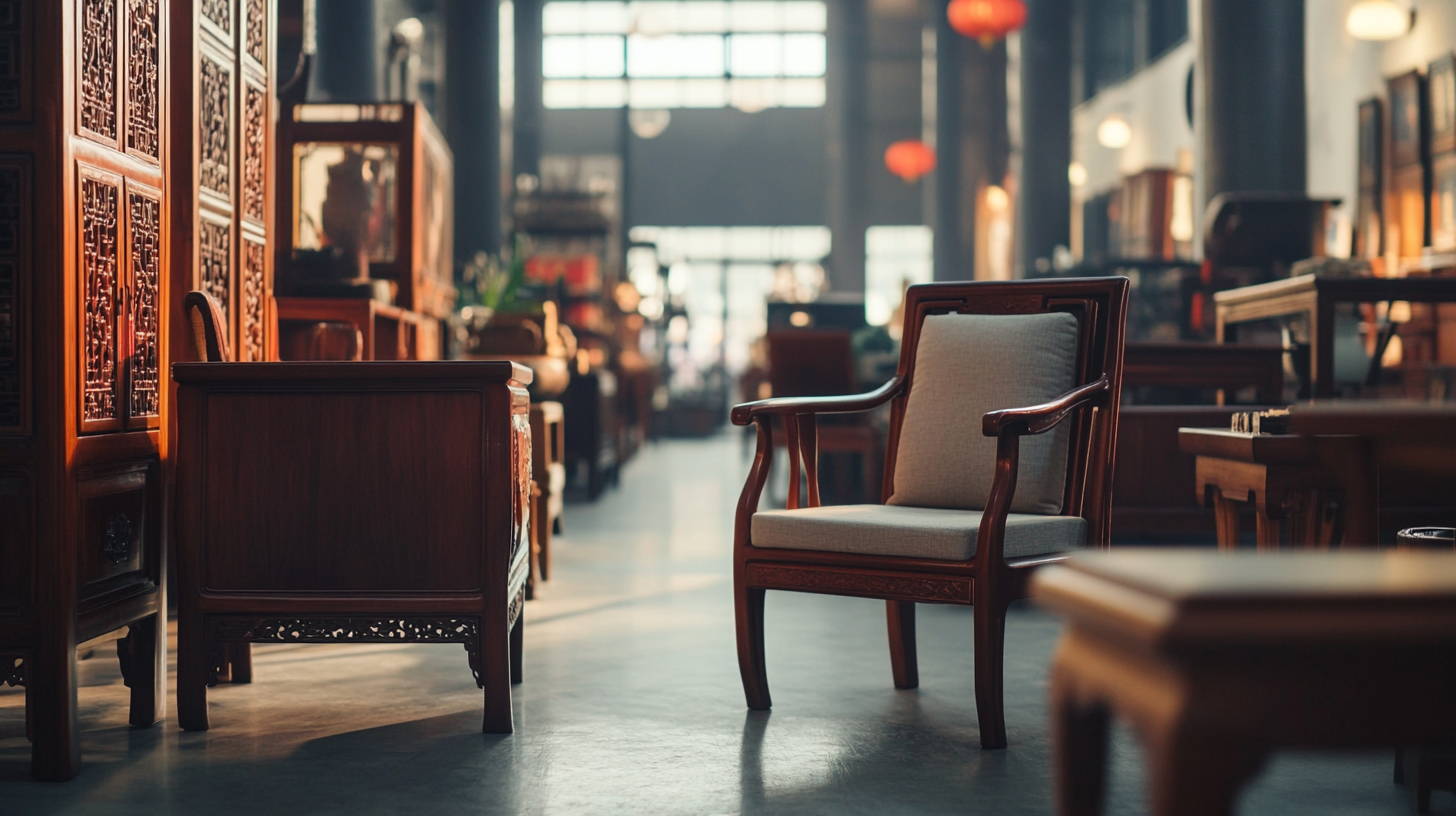
Consumer Preferences Shifting: Quality Over Cost in Furniture Choices
As consumer preferences evolve, a noticeable shift is occurring in the furniture market, with quality increasingly taking precedence over cost. Recent reports indicate that 76% of consumers prioritize durability and craftsmanship over cheaper alternatives when selecting furniture. This trend reflects a growing awareness of the long-term benefits associated with investing in higher-quality pieces, especially as sustainability embeds itself into consumer decision-making processes.
For those navigating this changing landscape, the focus should be on sourcing furniture that not only meets aesthetic needs but also stands the test of time. Tip: Look for certifications that indicate quality standards, such as the Forest Stewardship Council (FSC) certification, which ensures responsible sourcing and manufacturing practices. Furthermore, with tariffs impacting the availability and cost of imported goods, opting for well-crafted items from China can mitigate some of the financial strains while still meeting the demand for exceptional craftsmanship.
Additionally, taking the time to research materials can make a significant difference. Tip: Consider upholstery made from natural fibers or furniture constructed with solid wood rather than particleboard, as this often results in higher durability and longevity. As consumers become more discerning, businesses that emphasize quality in their offerings are likely to thrive in this competitive market.

Future Outlook: Sustaining Growth in the Face of Trade Barriers
As the global market becomes increasingly complex, the furniture industry faces significant trade barriers, particularly in terms of tariffs. However, the resilience of Chinese manufacturers and their commitment to quality are transforming these challenges into opportunities for growth. With a focus on innovation and sustainable practices, top-quality furniture from China is not only meeting market demands but also building a reputation for excellence.
Looking ahead, it is crucial for businesses to adapt their strategies to navigate these trade hurdles effectively. Diversifying supply chains and exploring alternative markets can mitigate the risks associated with tariffs. Additionally, fostering strong relationships with local stakeholders and consumers will help enhance brand loyalty. Investing in advanced technologies and sustainable production methods can further optimize operations, enabling Chinese furniture manufacturers to sustain growth amid fluctuating trade conditions. Through strategic planning and a focus on quality, the future for furniture exports from China appears promising, despite the looming challenges.

